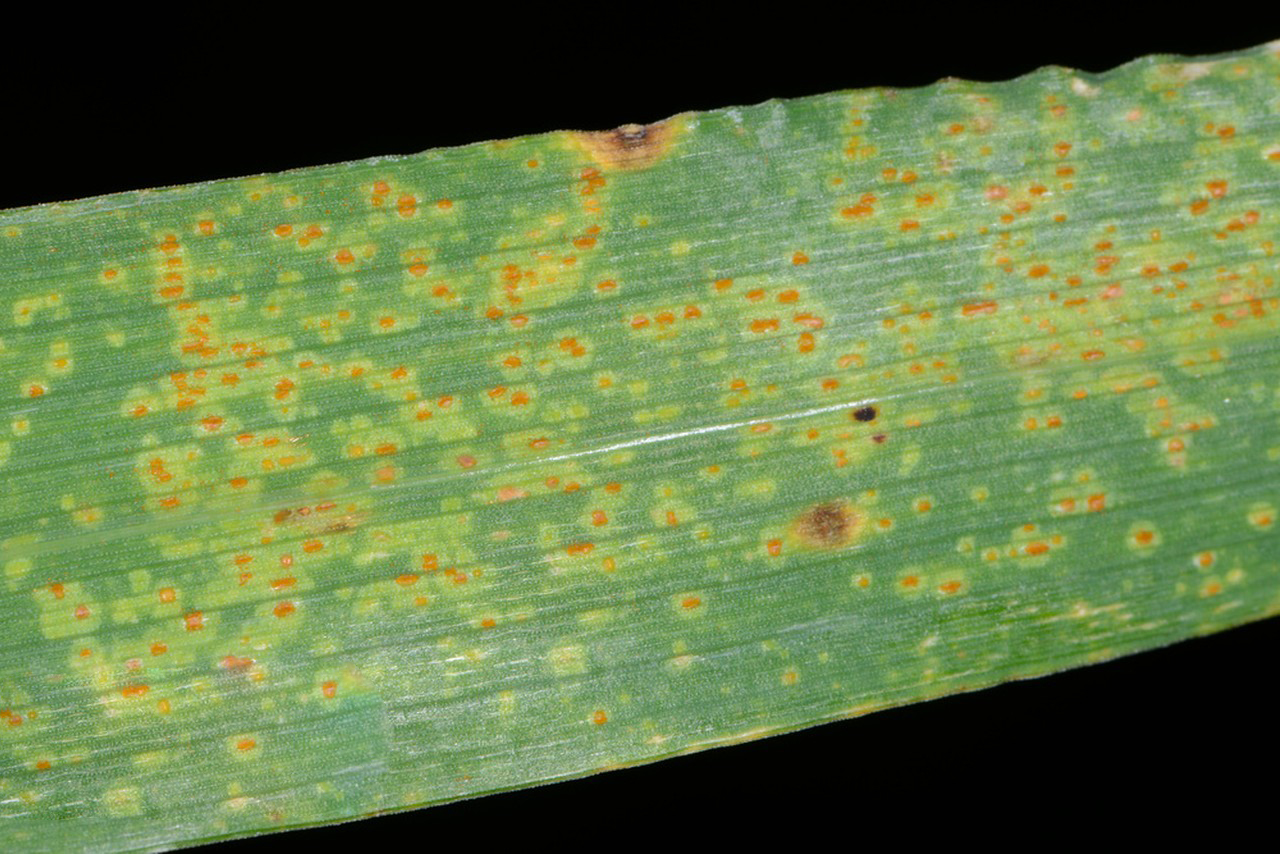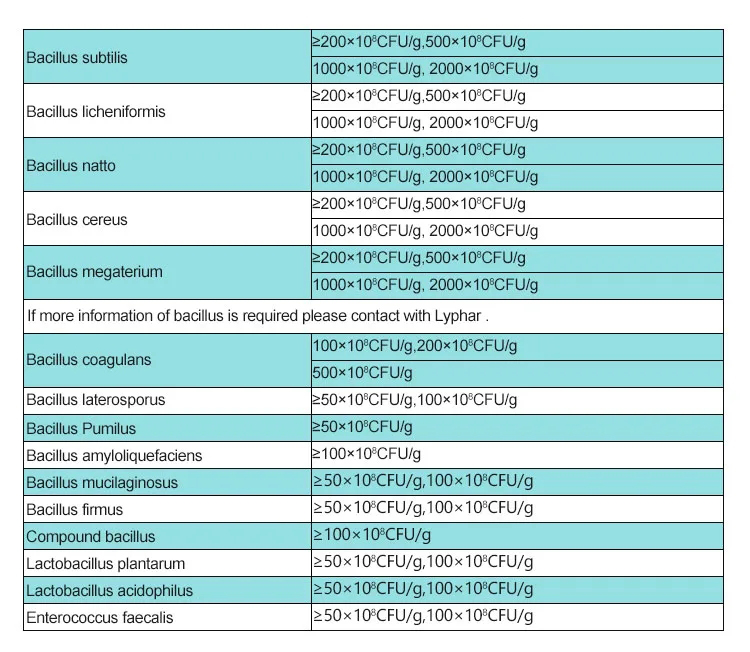Trichoderma harzianum is a species of fungi that is commonly used in agriculture and horticulture as a biocontrol agent against plant pathogens. The basic ingredients required for cultivating Trichoderma harzianum in a laboratory setting include:
Substrate: Trichoderma harzianum is typically grown on a suitable substrate, which serves as a source of nutrition for the fungus. Common substrates include grains like rice, wheat, or barley, as well as various organic materials such as bran or malt extract.
Water: Adequate moisture is essential for the growth of Trichoderma harzianum. The substrate needs to be appropriately hydrated, and the water content should be maintained throughout the cultivation process.
pH Buffer: Trichoderma harzianum thrives in a slightly acidic to neutral pH range. The pH of the substrate should be adjusted and buffered to provide optimal conditions for growth.
Agar: Agar is often added to the substrate to solidify it and provide a medium for the fungus to grow on. Agar plates are commonly used in laboratory settings to isolate and culture individual strains of Trichoderma harzianum.
Micronutrients: Trichoderma harzianum requires various micronutrients for its growth and development. These include minerals such as magnesium, potassium, calcium, and trace elements like iron and zinc.
Inoculum: A starter culture or inoculum of Trichoderma harzianum is introduced into the substrate to initiate the growth process. This can be obtained from previously grown cultures or commercial sources.
Sterilization Equipment: To prevent contamination by other microorganisms, the substrate and other materials must be sterilized before introducing the Trichoderma harzianum culture. Autoclaves or pressure cookers are commonly used for this purpose.
Temperature Control: Trichoderma harzianum grows optimally at temperatures ranging from 25 to 30 degrees Celsius. Therefore, a controlled temperature environment is essential for successful cultivation.

These basic ingredients and conditions create a suitable environment for the cultivation of Trichoderma harzianum, allowing it to multiply and be used for various applications in agriculture, such as biological control of plant diseases.
Efficacy and effects of Trichoderma Harzianum
Trichoderma harzianum is a species of fungi that is commonly used in agriculture as a biofungicide, promoting plant growth and suppressing certain plant pathogens. Here are some key points regarding the efficacy and effects of Trichoderma harzianum:
1.Biocontrol Agent:
Antagonistic Properties: Trichoderma harzianum is known for its antagonistic activity against various plant pathogenic fungi. It competes with and parasitizes other fungi, leading to a reduction in the population of harmful pathogens.
2.Plant Growth Promotion:
Induced Systemic Resistance (ISR): Trichoderma harzianum can induce systemic resistance in plants, making them more resistant to a broad spectrum of diseases. This is achieved through the activation of the plant’s defense mechanisms.
3.Enhanced Nutrient Uptake:
Phosphate Solubilization: Trichoderma harzianum has the ability to solubilize phosphates in the soil, making them more available to plants. This can contribute to enhanced nutrient uptake and improved plant growth.
4.Stress Tolerance:
Abiotic Stress Tolerance: Trichoderma harzianum has been reported to enhance plant tolerance to various abiotic stresses, such as drought, salinity, and heavy metal toxicity.
5.Root Colonization:
Root Association: Trichoderma harzianum can form symbiotic relationships with plant roots, colonizing the rhizosphere. This colonization can enhance nutrient absorption, protect against pathogens, and promote overall plant health.
6.Commercial Applications:
Biofungicide: Trichoderma harzianum is commercially available as a biofungicide and is used in organic and conventional farming practices to control soil-borne diseases.
Seed Treatment: It is often used as a seed treatment to protect germinating seeds and young seedlings from soil-borne pathogens.

7.Research and Development:
Continued Studies: Ongoing research is being conducted to further understand the mechanisms involved in Trichoderma harzianum’s beneficial effects on plants and to develop new applications in sustainable agriculture.
8.Environmental Impact:
Biodegradability: Being a naturally occurring fungus, Trichoderma harzianum is considered environmentally friendly and biodegradable, making it a preferred choice for sustainable agricultural practices.
While Trichoderma harzianum has shown positive effects in various studies, its efficacy can depend on factors such as the specific strain used, application methods, and environmental conditions. It is important for users to follow recommended application guidelines and consider the specific needs of the crops and target pathogens in their agricultural systems.
